«The mind is not a vessel to be filled but a fire to be kindled.» – Plutarch.
The traditional teaching methodology, in which a professor lectures the classroom, has been around for centuries. It may have varied to an active learning approach, putting the student at the center of the learning process, but at the end of the day it’s usually been focused on the exchange of information for the sake of knowledge. Sometimes, with some purpose added to it. But as Plutarch said, it should be more than that.
As times change and technology advances, it’s important to explore new ways to make education more engaging and enjoyable for students. Why? Because we are not creating experts just to be “experts” – we are shaping future professionals who will contribute to society. They need to learn and they need to learn for good. With that in mind, shouldn’t we make an effort to make the learning process more fun, engaging and ultimately effective?
One of the approaches to achieve this goal is gamification. But what is gamification? It’s not just playing games but the incorporation of game elements in non-game contexts, as a catalyzer for motivation, adherence, change of conduct and of course, learning.
Studying can even be compared to playing a video game. Just as gamers must invest time and effort to level up, students must commit to learning and mastering new concepts to progress through their academic journey. Like gamers, students face challenges and obstacles that require problem-solving skills and critical thinking to advance. And just as gamers earn rewards for achieving certain goals, students receive recognition, good grades, and external opportunities (e.g. study abroad scholarships) when they succeed in their studies.
A gamified education can look like a classroom with a teacher leading a performance ranking, in which students compete to earn points, rewards, power-ups and social recognition among their peers. That is motivating.
It can also look like a class project in which students have to create a fictional narrative to make their presentation on any given topic more appealing to the external community, and actually present it and receive real feedback on their work. That is motivating.
It may look like a class divided in two groups, each developing a solution to a challenge with a time constraint and getting evaluated on content, creativity, dissemination and innovation. And yes. That is also motivating.
The key to a successful gamified education is to make it meaningful and relevant to students.
Now of course, gamification needs to have intention. So it’s not as simple as adding a points system or a ranking to your classroom. There is a process to design a gamified class or project, in which you start by identifying what you want to do, knowing your audience and designing what would actually work for that purpose and people.
If you’d like to know more, please do let me know in the comments.
There’s no limit to the possibilities of games.
There’s no limit to the possibilities of education.
Let’s thrive for infinite fun in learning.
Featured image by AnnaStills on Elements Envato
Recommended4 dieron "Me gusta"Publicado en Educación, Gamificación, Idiomas, Innovación educativa


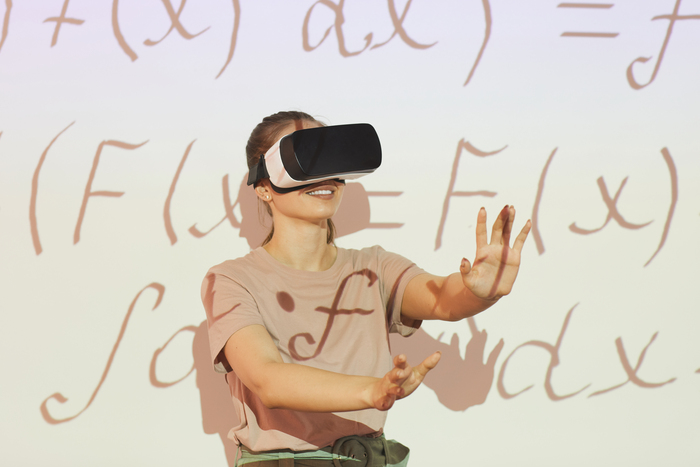

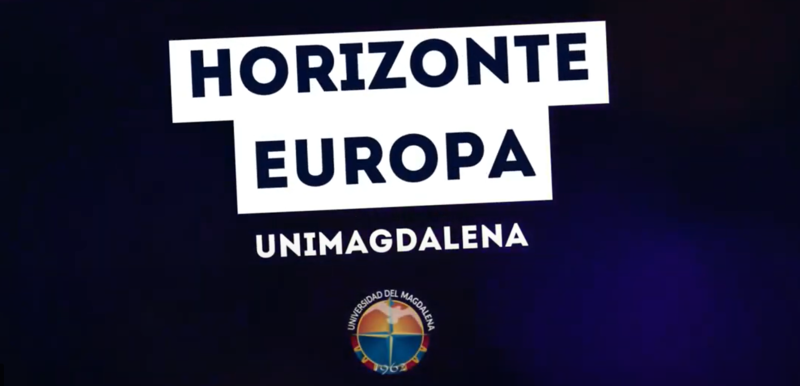
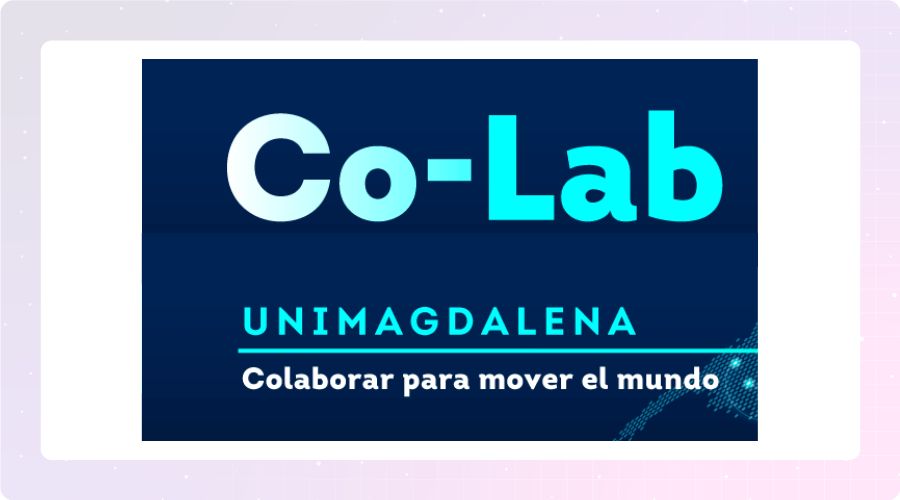
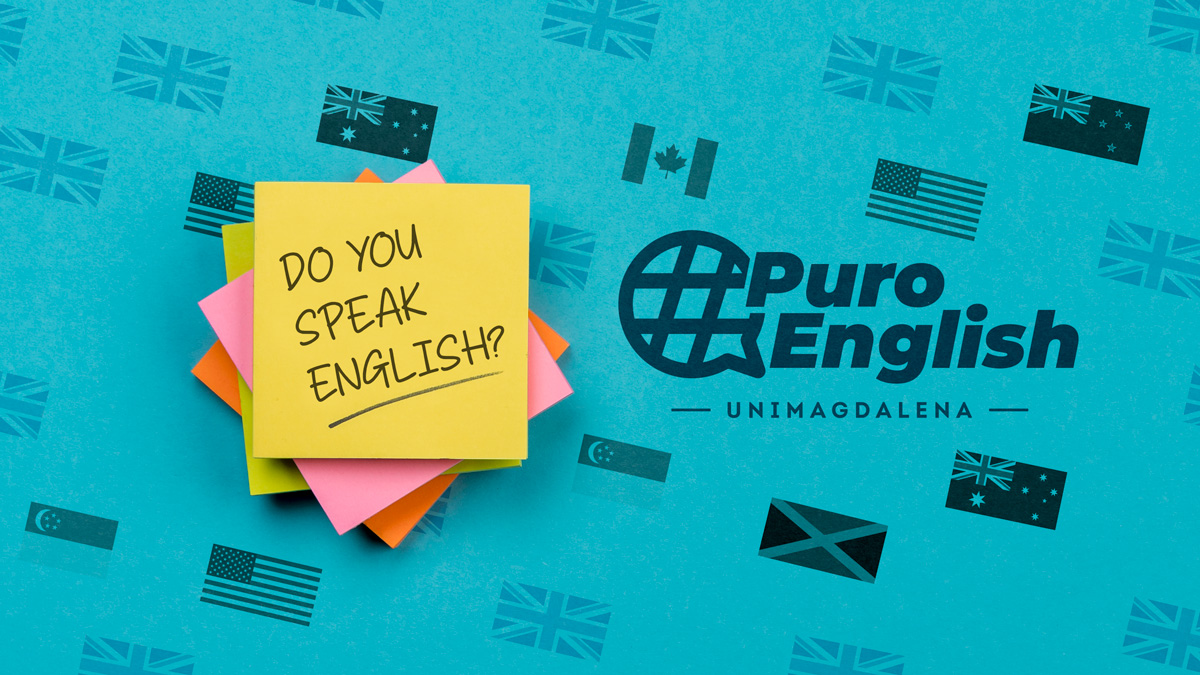
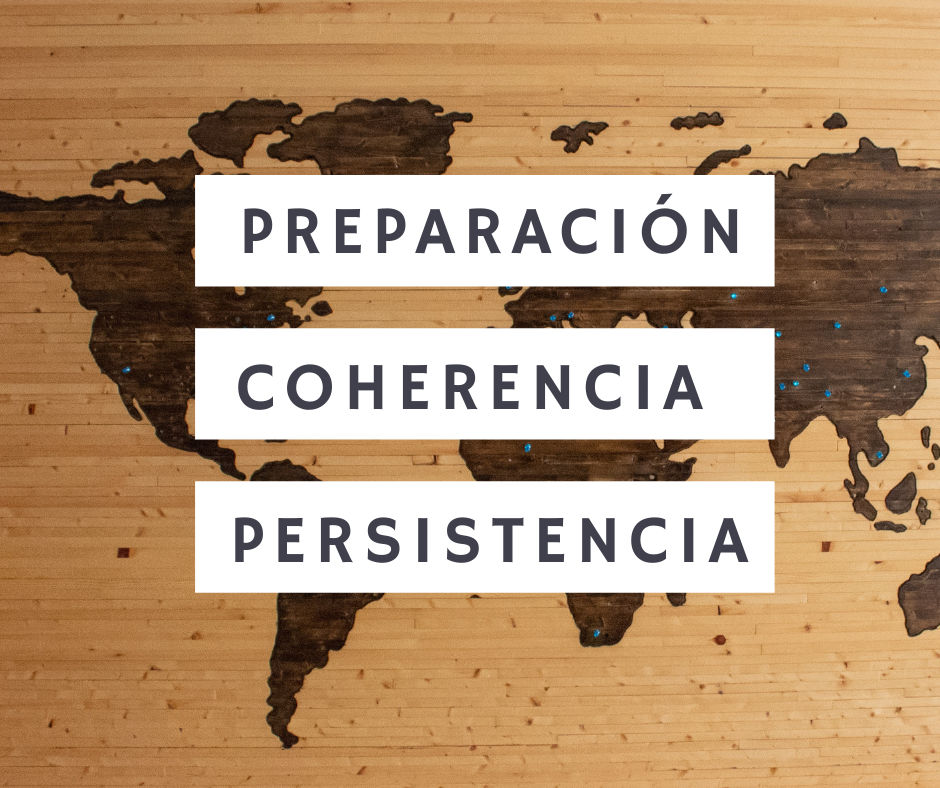
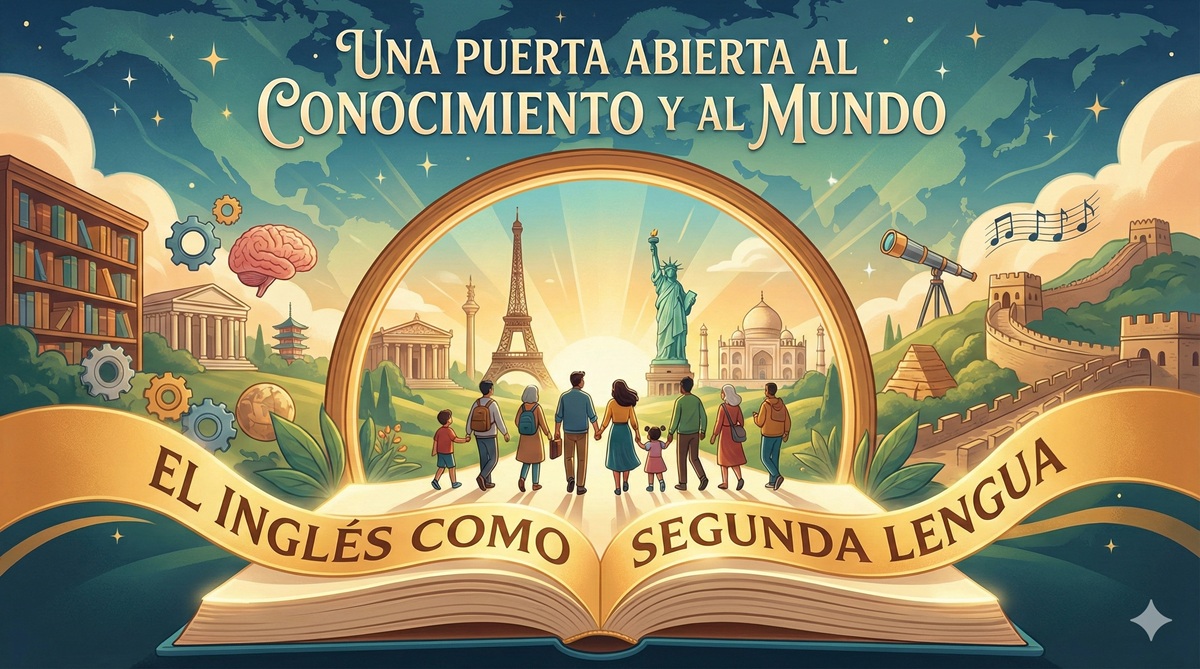

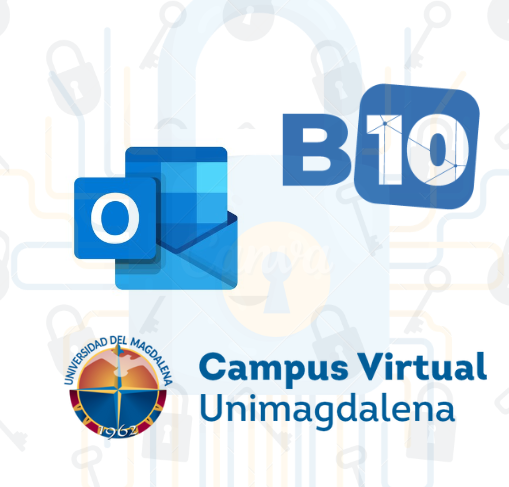
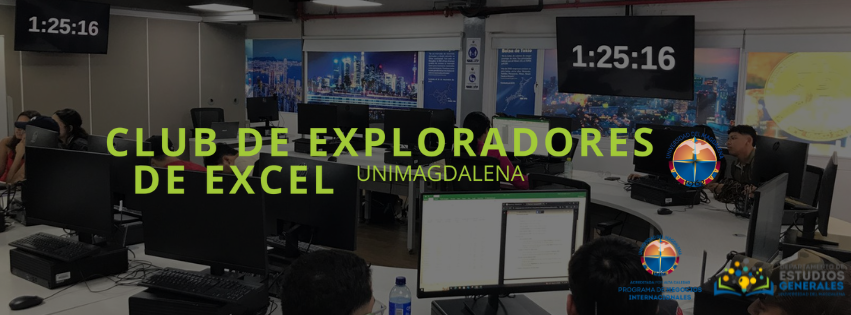

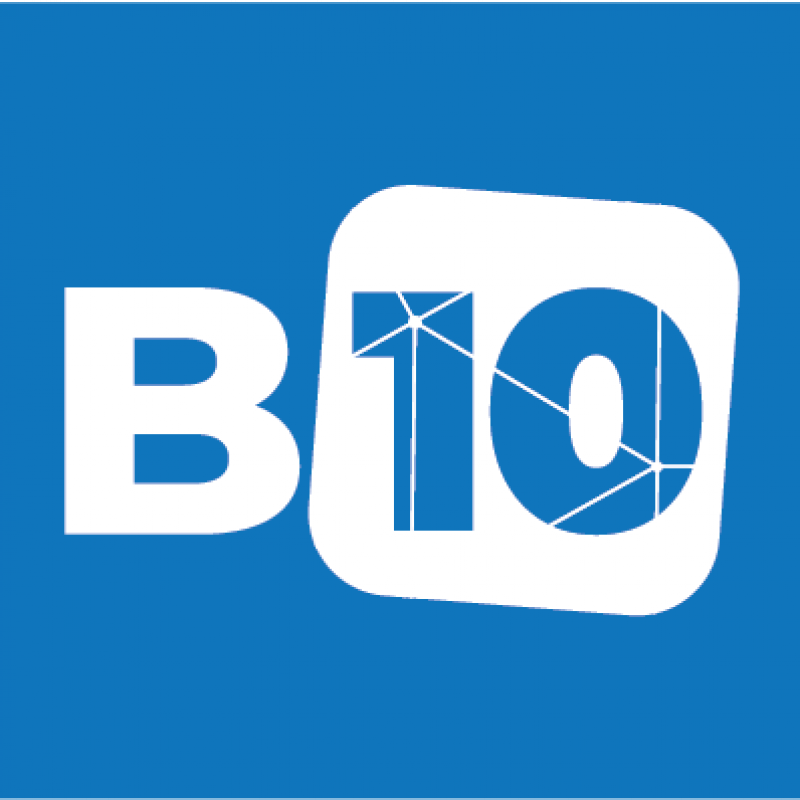
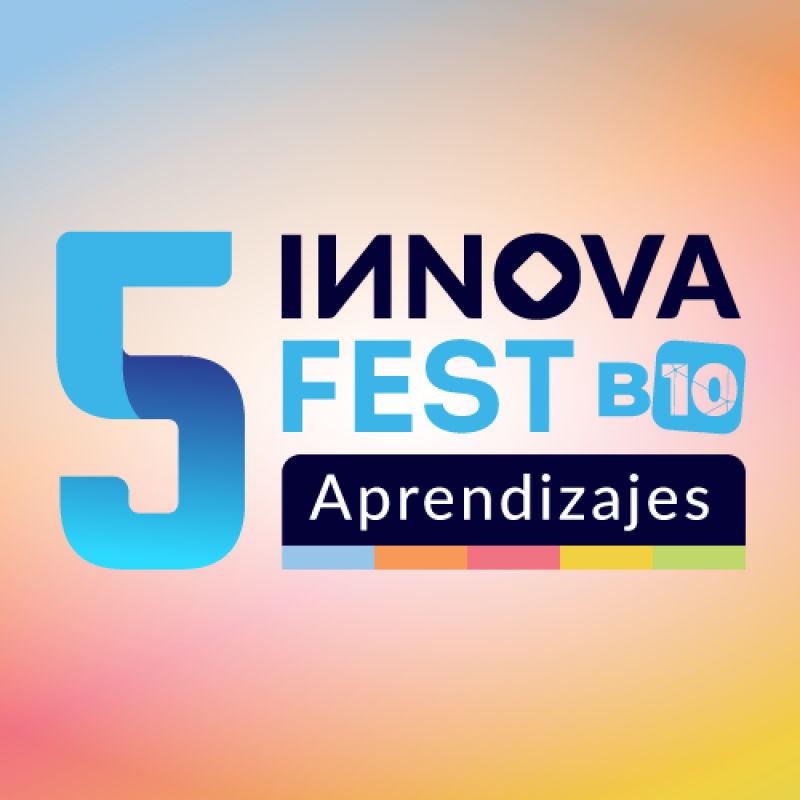
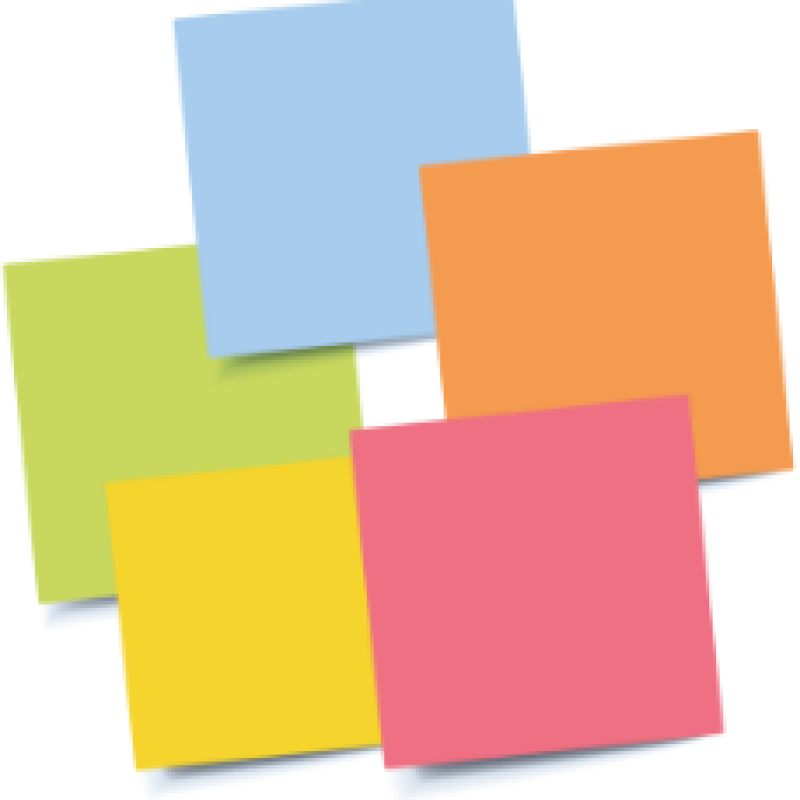
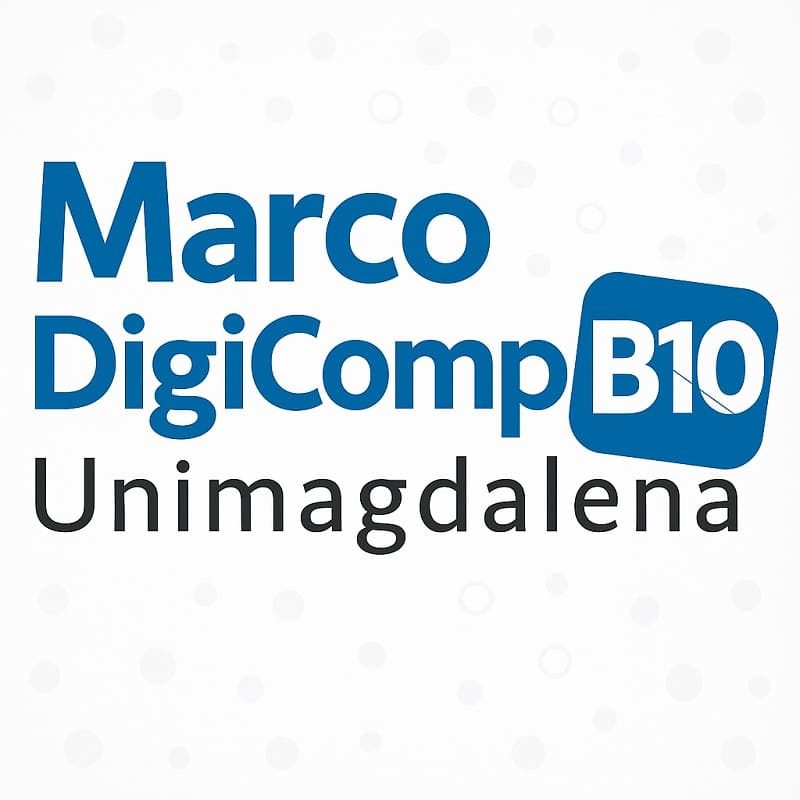
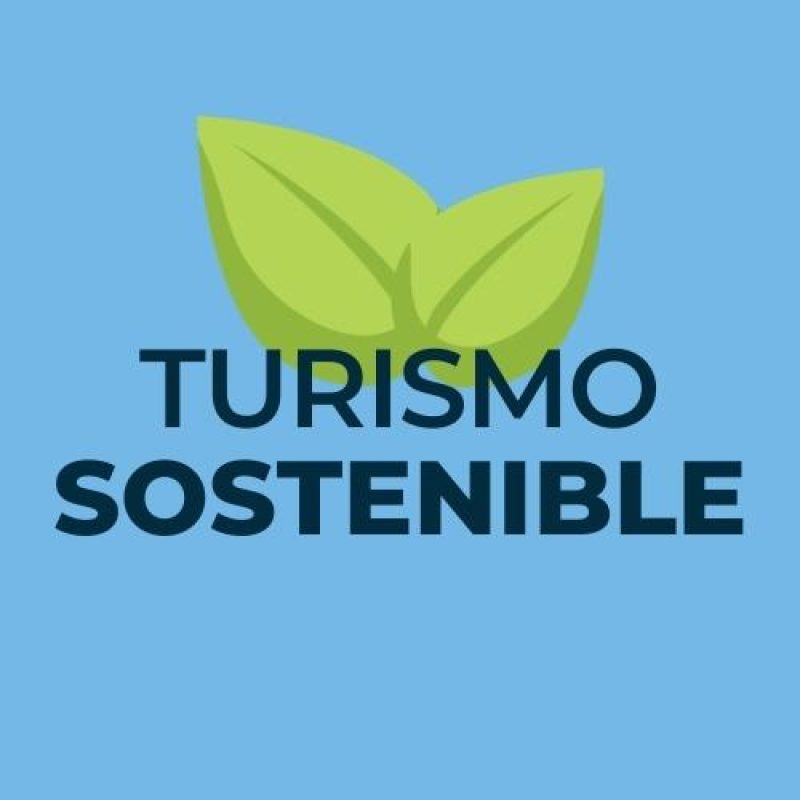
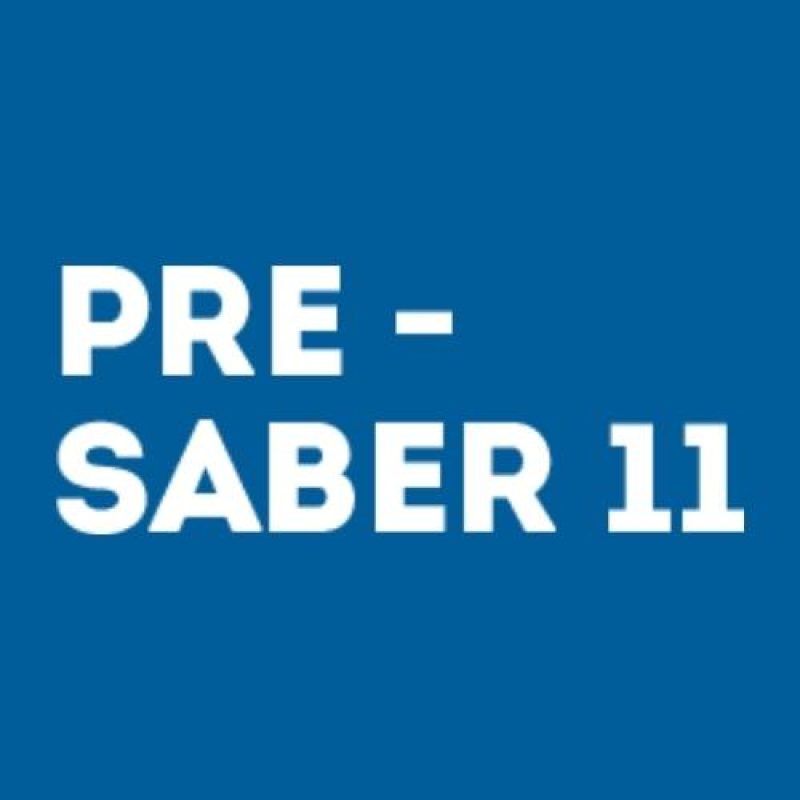
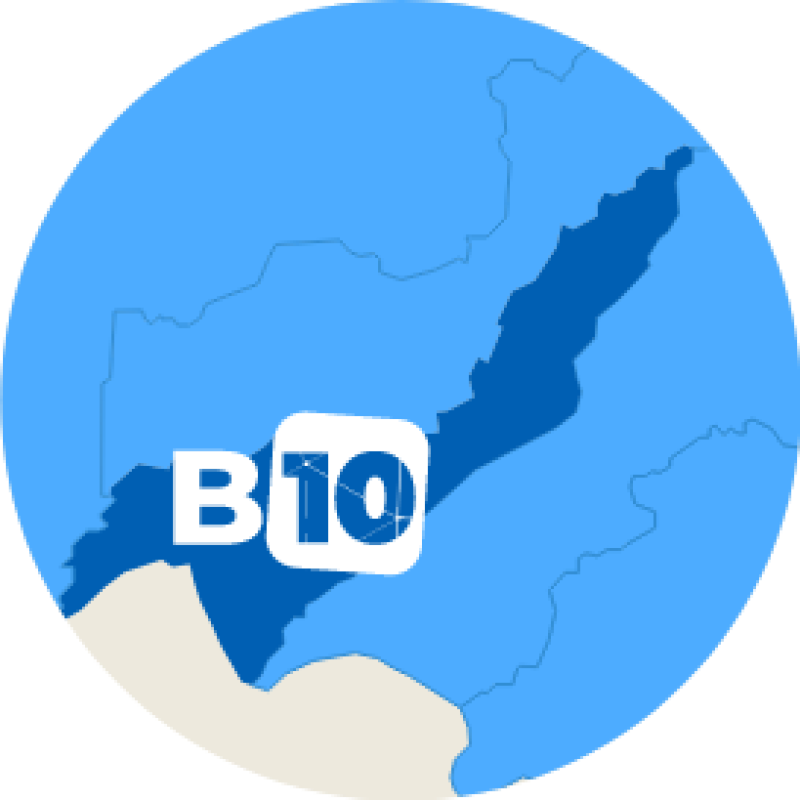
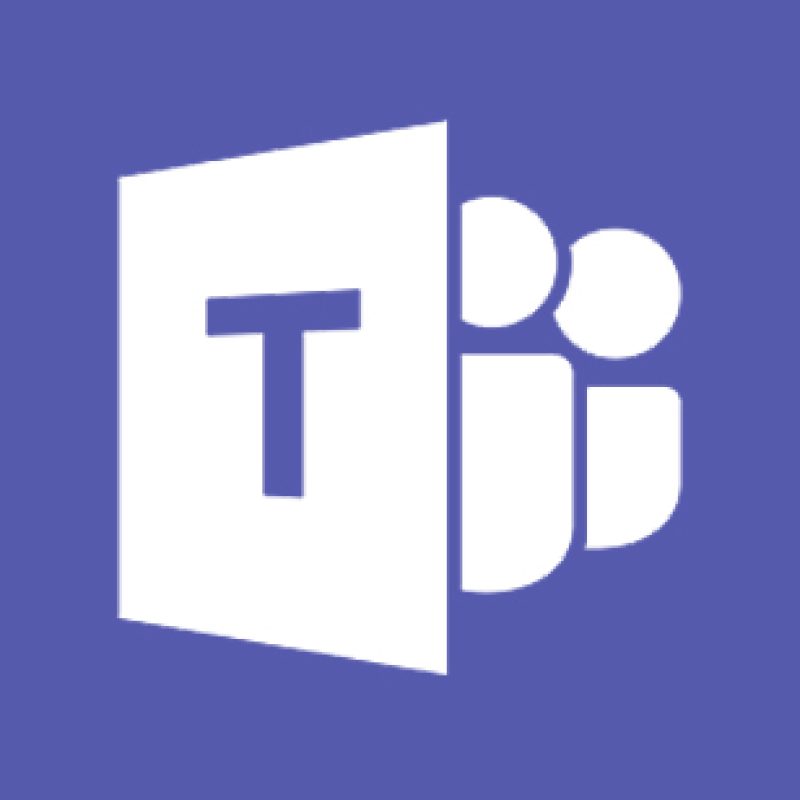

Comentarios
Dear Marla,
I am delighted with your invitation, there is no doubt that gamified education is an improvement to implement in the teaching and learning process, it would add more dynamism and would overcome the routine that generates not only cognitive stagnation but also relational stagnation in the context.
Regarding your questions …. of course we would like to know more, for example how to overcome fears in the classroom, when there are asymmetries and ignorance of the playful strategies? how to know which ones to implement? and a fundamental aspect the sense and motivation …. How to make it feel like a two-way street?
For sure, this will be the first of a series of blogs that you will write and that will become a roadmap for teachers who have not yet ventured into gamification.
So then, your initiative encompasses an institutional challenge and that is to show us the way 🙂
Well done!
Thank you, best regards.
Brilliant,
I definitely want to read more about it. But, is it complicated to gamify a classroom?